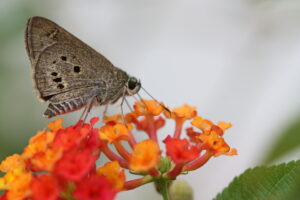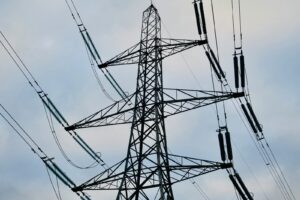Insect populations are halved by global warming and intensive farming
In some parts of the world, a combination of agricultural activity and rising temperatures have led to a 49% reduction in insect species.
A new study published in the journal Nature has revealed an alarming relationship between some forms of human activity, and its impact on the environment, and a sharp decline in insect populations observed in several parts of the world.
Areas with high-intensity agriculture and a substantially warming climate have seen insect species populations drop by 49% compared with numbers in the most natural habitats on the planet with no recorded levels of warming, while the number of different species was 29% lower. The largest declines were seen in tropical regions.

In comparison, areas of low-intensity agriculture and substantial climate warming, nearby natural habitat helped balance some of the losses. In places where 75% of land is natural habitat, insect numbers only fell by 7%. In similar areas where natural habitat cover is at 25%, the decline jumped to 63%. It is believed a key cause of this is the lack of shade from plants, which insects rely on during hotter months. Researchers also made it clear that decline in areas where human activity has been present for long periods of time may be much higher, as numbers could have fallen sharply prior to the study period.
‘Many insects appear to be very vulnerable to human pressures, which is concerning as climate change worsens and agricultural areas continue to expand. Our findings highlight the urgency of actions to preserve natural habitats, slow the expansion of high-intensity agriculture, and cut emissions to mitigate climate change,’ said Dr Charlie Outhwaite of the UCL Centre for Biodiversity & Environment Research, lead author of the study. ‘Losing insect populations could be harmful not only to the natural environment, where insects often play key roles in local ecosystems, but it could also harm human health and food security, particularly with losses of pollinators.
‘The environmental harms of high-intensity agriculture present a tricky challenge as we try to keep up with food demands of a growing population. We have previously found that insect pollinators are particularly vulnerable to agricultural expansion, as they appear to be more than 70% less abundant in high-intensity croplands compared to wild sites. Careful management of agricultural areas, such as preserving natural habitats near farmland, may help to ensure that vital insects can still thrive,’ added Dr Tim Newbold, senior author.
In related news, a separate study has shown that the variety of bee species is just as important as the number of bees in terms of sustaining biodiversity.
Image credit: Dr Tim Newbold















